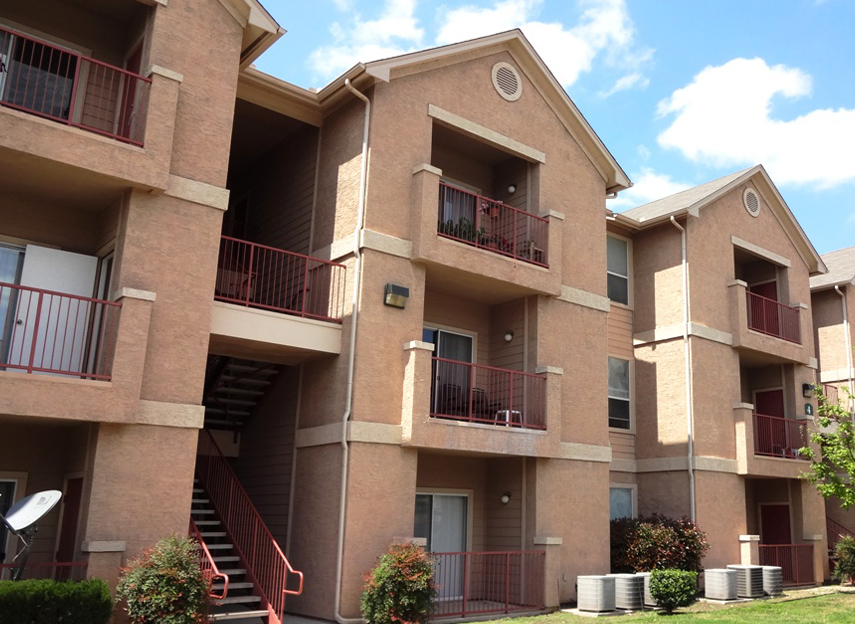The Apartment Sub-Market

Beginning in 2000, Congress decided that it was in the country’s best interest to maximize home ownership; thus FNMA and FDMC lowered their underwriting standards for first mortgage loans. For the next seven years, home building and related industries thrived, and the sales volume and market values of single family homes grew a remarkable 10% per year.
Unfortunately, many of the new purchasers would not have qualified for first mortgage financing under the pre-2000 underwriting standards, and the inevitable occurred as the “bubble” burst in 2007. The recession began with the decline of real estate markets throughout the economy and continued to depress real estate values.
Due to overbuilding, a large inventory of unsold and unoccupied properties resulted. One of the significant consequences of the recession—and the subsequent sharp decline in house values—is that the once desired goal of home ownership is no longer a practical goal or priority. This is because: (1) mortgage borrowing standards are now much stricter; (2) unemployment rates at 9% to 18% have reduced the number of potential buyers; (3) families’ net worth has declined substantially; and (4) house values continue to decline in many areas of the U.S.
A major beneficiary of the decline in the long-standing goal of home ownership is the apartment market. Many apartment projects were built in the 2000 – 2007 period, but subsequently, rental rates and occupancy have suffered. As a result, many apartment loans are in default, and banks are reluctant to make construction or mini-perm loans for new apartments. Few loans are being made and few apartments have been built for the past three years. In light of these demographic changes, demand for apartments is increasing, supply is flat or declining, and rent and occupancy rates are increasing.
